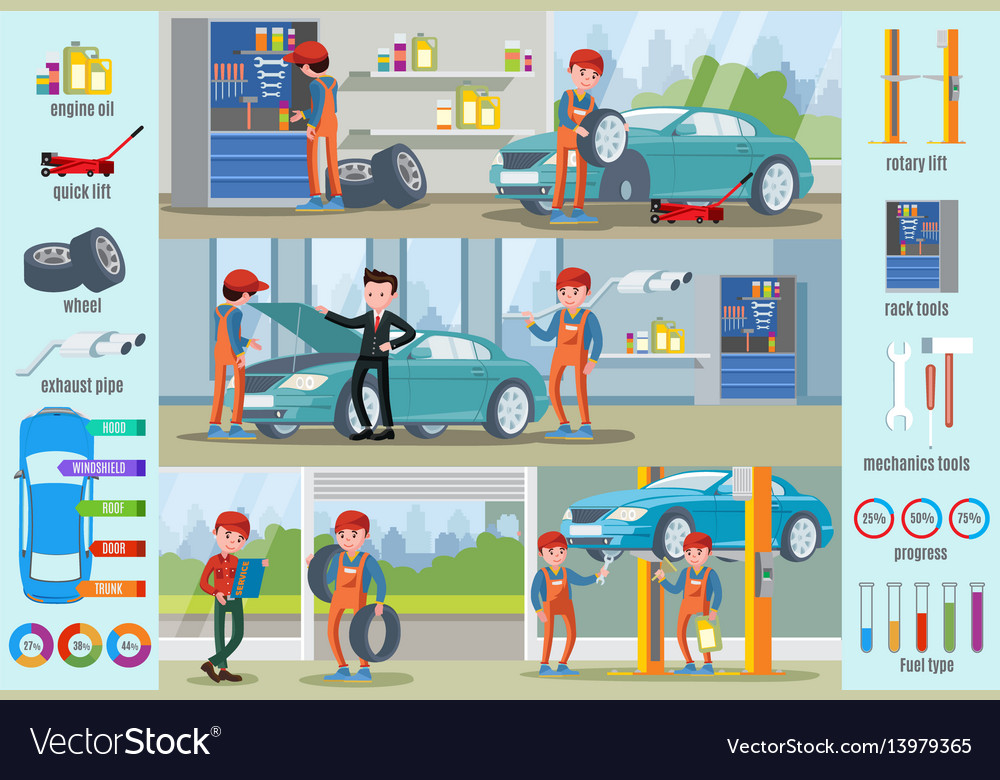Eager To Understand What The Control Panel Warning Lights In Your Auto Represent? Explore Their Significances For The Wellness And Safety Of Your Automobile
Eager To Understand What The Control Panel Warning Lights In Your Auto Represent? Explore Their Significances For The Wellness And Safety Of Your Automobile
Blog Article
Web Content Create By-Lauritsen Gilbert
When you're behind the wheel, those glowing warning lights on your control panel can be a little bit complicated. Do you understand what they're trying to tell you about your automobile's wellness? Understanding https://brake-pads17395.blogs100.com/30405265/the-extraordinary-restoration-of-a-forgotten-automobile-demonstrates-the-extraordinary-outcomes-that-specialist-outlining-can-achieve-it-s-an-experience-that-will-leave-you-in-awe of these lights is essential for your safety and security and the longevity of your car. So, the following time one of those lights turns up, would not you want to decipher its message accurately and take the needed steps to resolve it?
Common Caution Lighting and Interpretations
Determine usual warning lights in your car and comprehend their definitions to guarantee safe driving.
One of the most regular warning lights consist of the check engine light, which signifies issues with the engine or emissions system. If this light begins, it's vital to have your lorry inspected quickly.
The oil pressure alerting light suggests reduced oil pressure, calling for prompt attention to avoid engine damage.
A flashing battery light may recommend a defective billing system, possibly leaving you stranded otherwise attended to.
The tire pressure tracking system (TPMS) light notifies you to low tire pressure, influencing vehicle stability and gas performance. Ignoring this could lead to unsafe driving conditions.
The ABS light indicates an issue with the anti-lock stopping system, jeopardizing your ability to stop quickly in emergencies.
Last but not least, the coolant temperature level cautioning light warns of engine overheating, which can result in serious damage if not dealt with promptly.
Comprehending these common caution lights will assist you deal with issues without delay and maintain secure driving conditions.
Value of Prompt Attention
Recognizing the typical caution lights in your car is only the very first step; the relevance of promptly resolving these cautions can not be emphasized enough to ensure your safety and security when driving.
When a caution light brightens on your dashboard, it's your vehicle's means of connecting a prospective concern that requires attention. Neglecting these warnings can cause much more extreme problems in the future, endangering your safety and potentially costing you much more out of commission.
Motivate interest to warning lights can avoid failures and accidents. For car seat shampooing near me , a flashing check engine light might suggest a misfire that, if left neglected, can create damage to the catalytic converter. Resolving https://instant-oil-change61605.luwebs.com/30542417/improve-your-car-detailing-capabilities-with-seasonal-approaches-to-keep-your-car-s-sparkle-and-defense-reveal-methods-to-conquer-the-certain-hurdles-of-every-season can conserve you from a pricey fixing.
Likewise, a brake system advising light could signal reduced brake liquid or worn brake pads, crucial components for your security when driving.
DIY Troubleshooting Tips
If you observe a warning light on your dashboard, there are a couple of do it yourself troubleshooting pointers you can try prior to seeking professional assistance.
The primary step is to consult your auto's manual to understand what the specific caution light indicates. Often the problem can be as simple as a loose gas cap activating the check engine light. Tightening up the gas cap might solve the problem.
learn here is a low battery, which can activate numerous cautioning lights. Checking the battery links for deterioration and ensuring they're secure might repair the trouble.
If a warning light persists, you can try resetting it by separating the auto's battery for a couple of mins and after that reconnecting it. Furthermore, inspecting your automobile's fluid degrees, such as oil, coolant, and brake liquid, can aid fix alerting lights associated with these systems.
Conclusion
In conclusion, understanding your automobile's warning lights is vital for maintaining your car running smoothly and safely. By promptly attending to these notifies and understanding what they mean, you can prevent expensive repairs and possible breakdowns.
Keep in mind to consult your vehicle's guidebook for specific details on each cautioning light and act as necessary to ensure a hassle-free driving experience.
Stay informed, remain risk-free on the road!
